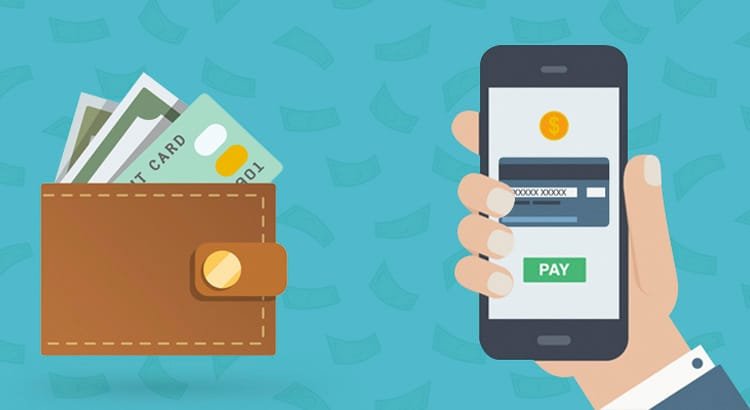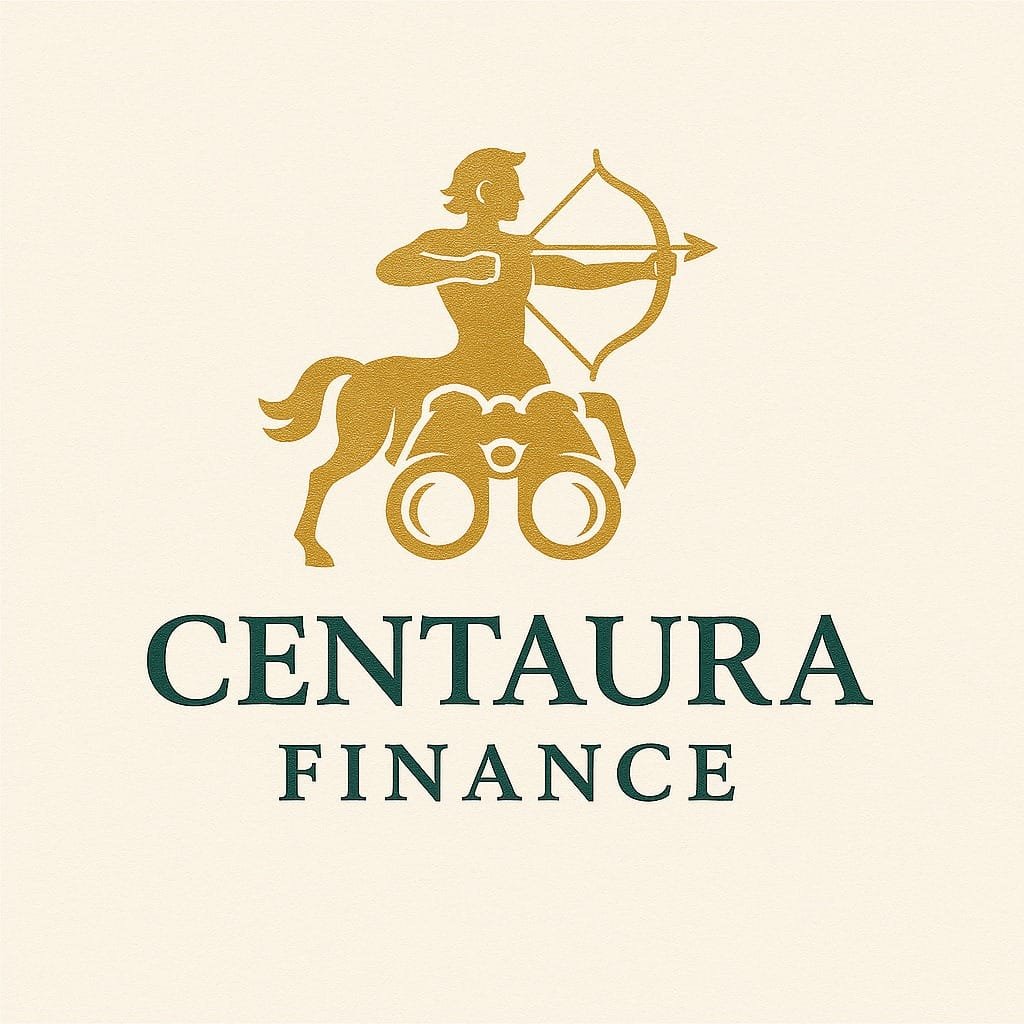As digital finance continues to reshape how we manage money, mobile wallets and banking apps have become everyday essentials. Americans are increasingly turning to their smartphones to pay bills, transfer funds, check account balances, and make in-store and online purchases. But as convenience increases, so does the concern for security.
So, the critical question arises: Which is more secure, mobile wallets or bank apps? This article dives into the core features, security frameworks, vulnerabilities, and practical real-world examples to help you decide which tool keeps your money safer.
Understanding the Basics
Before we compare their security, let’s define what we’re dealing with.
What Is a Mobile Wallet?
A mobile wallet is a digital version of your physical wallet. It allows users to store payment information (like debit/credit card details) on their smartphones or wearables. Popular mobile wallets in the U.S. include:
- Apple Pay
- Google Pay
- Samsung Wallet
- PayPal
- Venmo
- Cash App
These platforms let users make contactless payments, send money, and even access loyalty cards or transit passes.
What Is a Bank App?
A banking app is a mobile application offered directly by your bank or credit union. It enables access to your account information and services, including:
- Viewing transaction history
- Transferring funds
- Paying bills
- Mobile check deposits
- Setting up alerts or managing accounts
Examples include:
- Chase Mobile
- Wells Fargo Mobile
- Bank of America Mobile Banking
- Capital One Mobile
Key Differences in Function and Purpose
While both platforms offer overlapping features, they serve different primary purposes:
| Feature | Mobile Wallets | Bank Apps |
| Payment Method | Tap-to-pay, QR code, online | ACH transfer, bill pay |
| Third-party involvement | Yes | Typically no |
| Access to bank account | Often indirect | Direct |
| Purpose | Quick payments | Full account management |
Understanding their distinct roles helps clarify how their security architectures differ.
Security Features: Head-to-Head Comparison
- Authentication Mechanisms
- Bank Apps: Almost all bank apps require multi-factor authentication (MFA). This usually involves:
- Username and password
- SMS/email codes
- Biometrics (fingerprint or facial recognition)
- Mobile Wallets: These also require biometrics or device PINs. However, some third-party wallets may rely heavily on phone-level security without added MFA layers.
Verdict: Bank apps have the edge with more layers of authentication, especially those requiring user identity verification during sensitive transactions.
- Encryption Standards
- Bank Apps: Banks use end-to-end encryption (E2EE), typically meeting federal regulatory standards and industry protocols like TLS (Transport Layer Security).
- Mobile Wallets: Leading mobile wallets also use tokenization and encrypted storage. Apple Pay, for instance, never stores card numbers on the device or servers. Instead, it generates a unique token for each transaction.
Verdict: Mobile wallets that use tokenization (like Apple Pay or Google Pay) offer a robust encryption system and often avoid exposing actual card numbers. It’s a tie, depending on implementation.
- Fraud Protection
- Bank Apps: Covered under Regulation E (Electronic Fund Transfer Act), which limits your liability for unauthorized transactions (typically up to $50 if reported promptly).
- Mobile Wallets: It depends on the provider. Apple Pay and Google Pay transactions processed via credit cards retain the same protections. But peer-to-peer (P2P) apps like Venmo or Cash App may not offer similar protections, especially for mistaken payments or scams.
Verdict: Bank apps offer more consistent and federally-backed protection.
- Data Sharing and Privacy
- Bank Apps: Banks are subject to strict privacy laws like Gramm-Leach-Bliley Act (GLBA) and are legally obligated to secure your financial data.
- Mobile Wallets: Many wallet providers (especially non-bank P2P apps) share user data with third parties for marketing purposes. Privacy policies vary widely.
Verdict: Bank apps typically offer more transparent data protection under law.
Vulnerabilities and Risks
Mobile Wallet Weaknesses
- Third-party app risks — Some apps (especially lesser-known wallets or crypto apps) may not adhere to rigorous standards.
- Phishing and social engineering — Scammers trick users into giving up login credentials via fake support calls or emails.
- Lack of federal protection on P2P payments — Sending money to the wrong person? You may not get it back.
Bank App Weaknesses
- Phishing attacks — Fake bank websites or spoofed login portals remain common.
- Session hijacking — If someone gains access to your device while logged in, they could misuse the app.
- Legacy infrastructure — Older systems may be slower to adapt to the latest cybersecurity technologies.
Real-World Case:
In 2022, several users of Zelle, a bank-supported P2P transfer service, were targeted with text-message scams. Although Zelle works through bank apps, banks were criticized for denying reimbursement because the users had authorized the transfers (albeit under false pretenses).
Real-World Examples and Scenarios
Example 1: Paying in a Store
Mobile Wallets: Apple Pay allows contactless tap-and-pay transactions without revealing your card number.
Bank Apps: Not ideal for in-person purchases. You’d need to swipe or insert your card.
Security Verdict: Mobile wallets are safer for in-store payments due to tokenization and not exposing card details.
Example 2: Paying Rent or Utilities
Bank Apps: Bill pay feature allows recurring and scheduled payments directly from your checking account.
Mobile Wallets: Limited use unless integrated with external services or cards.
Security Verdict: Bank apps win for managing recurring payments securely.
Example 3: Sending Money to Friends
Mobile Wallets: Venmo, Cash App, and PayPal make sending money quick and easy, but are more vulnerable to scams.
Bank Apps: Zelle is more secure and directly connected to your financial institution but may have fewer fraud reimbursement options.
Security Verdict: Depends on usage. For close friends or family, mobile wallets are convenient. For broader safety, Zelle via bank apps is more secure.
Expert Insights
According to a 2023 report by Javelin Strategy & Research, mobile wallet users experienced fewer instances of card fraud than traditional card users due to tokenization. However, the rate of P2P scams increased by over 18% year-over-year on mobile payment platforms, especially among users under age 35.
Meanwhile, the FDIC’s Cybersecurity Assessment Tool has shown that many U.S. banks consistently maintain “baseline” or “evolving” maturity levels in cybersecurity. This indicates a structured approach to risk, something not all third-party wallet providers can claim.
Best Practices for Safe Usage
Regardless of which you choose, follow these security best practices:
Enable Two-Factor Authentication (2FA)
Add an extra layer of protection to your login process.
Use Strong, Unique Passwords
Avoid reusing passwords between services. Use password managers like 1Password or Bitwarden.
Enable Biometric Locks
Protect your apps with facial recognition or fingerprint authentication.
Monitor Transaction Alerts
Activate SMS or email notifications for real-time activity.
Be Wary of Phishing Attempts
Never click on suspicious links or share login details, even with someone claiming to be “support.”
Keep Software Updated
Both your mobile OS and apps should be regularly updated to patch security vulnerabilities.
The Final Verdict: Which Is More Secure?
| Category | Winner |
| Authentication | Bank Apps |
| Encryption | Tie |
| Fraud Protection | Bank Apps |
| Data Privacy | Bank Apps |
| Everyday Convenience | Mobile Wallets |
| In-store security | Mobile Wallets (tokenization) |
Overall Security Champion: Bank Apps
If security is your top concern, banking apps generally offer better protections, especially when it comes to fraud liability, data privacy, and identity verification.
However, mobile wallets are highly secure for in-person and online purchases, thanks to cutting-edge technologies like tokenization and biometrics. The key difference lies in who provides the wallet, Apple Pay and Google Pay are far more secure than lesser-known or social-wallet alternatives.
Conclusion
Mobile wallets and banking apps are both indispensable tools in today’s financial landscape. While each has its own advantages, banking apps lead the charge when it comes to comprehensive security, especially in terms of legal protections, privacy laws, and consistent regulation.
That said, a hybrid approach might be the most effective strategy. Use mobile wallets for day-to-day spending and contactless payments, and rely on your bank’s mobile app for managing finances, bill payments, and secure transfers.
In a world where digital threats continue to evolve, staying informed and taking proactive steps in how you use technology is just as important as the tools themselves.


